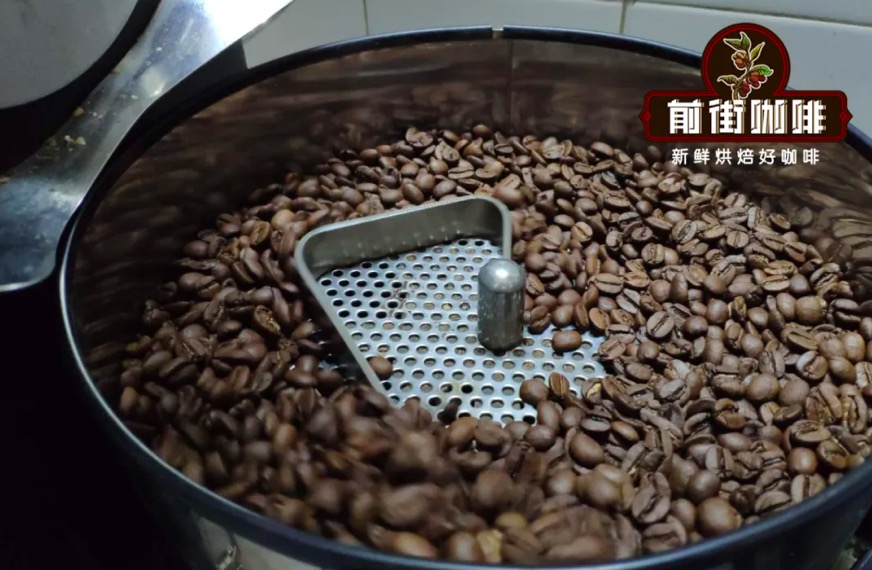Introduction to the Brand Grade of High-end hand-made Coffee beans in Africa
I believe that friends who often drink hand-brewed coffee are very familiar with African coffee beans. The fine coffee beans from African producing areas have bright acid and rich floral fragrance. There are various grades of coffee beans we usually drink, such as G1 in Ethiopia and AA in Kenya. How are these grades divided? They are not a uniform classification system, each region has its own classification system, take our example of Africa's most famous region, Ethiopia and Kenya, their classification is very different.
Kenya's coffee beans are graded according to size. The largest coffee bean is Grade E, also known as elephant bean. It is an abnormal coffee bean with a volume of more than 18 meshes. Then there is AA level, which is also the level we drink most often. The coffee beans in this level are between 17 and 18 mesh, and so on, and the coffee beans divided later are smaller and smaller.
Ethiopian coffee beans are graded according to the defect rate. The standard is: less than 3 defective beans per 300 grams of coffee beans can be classified as the top G1 grade, while 4 to 12 defective beans per 300 grams of coffee beans are G2 grade, and so on. Of course, the fine coffee beans we drink are basically the top coffee beans of G1 grade.

Important Notice :
前街咖啡 FrontStreet Coffee has moved to new addredd:
FrontStreet Coffee Address: 315,Donghua East Road,GuangZhou
Tel:020 38364473
- Prev

Espresso: single or double? how to determine the quality espresso?
The standard espresso drink is double espresso (double espresso). Although you can get one or three espresso, if you want to compare the quality, use double espresso as the standard. No matter what type of lens you order, if you want to compare the quality of different cafes, always order the same thing.
- Next

Common Coffee Bean varieties of Top Ten Best Coffee Bean Brands
When it comes to the world's top boutique coffee, everyone's first reaction must be the Blue Mountain coffee beans from Jamaica. As the former king of coffee, Blue Mountain Coffee has a strong nut chocolate flavor, high mellow thickness, and a perfect flavor with a balance of sweet and sour. It's a very classic traditional cup of coffee. If you don't like this kind of thing, there are
Related
- Beginners will see the "Coffee pull flower" guide!
- What is the difference between ice blog purified milk and ordinary milk coffee?
- Why is the Philippines the largest producer of crops in Liberia?
- For coffee extraction, should the fine powder be retained?
- How does extracted espresso fill pressed powder? How much strength does it take to press the powder?
- How to make jasmine cold extract coffee? Is the jasmine + latte good?
- Will this little toy really make the coffee taste better? How does Lily Drip affect coffee extraction?
- Will the action of slapping the filter cup also affect coffee extraction?
- What's the difference between powder-to-water ratio and powder-to-liquid ratio?
- What is the Ethiopian local species? What does it have to do with Heirloom native species?

